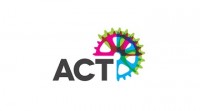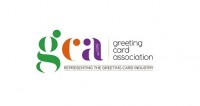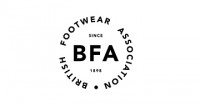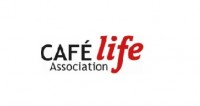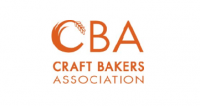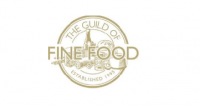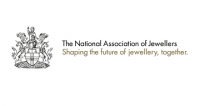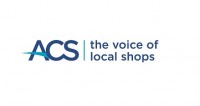BBC analysis reveals full extent of changes to Britain’s High Streets
Posted on in Business News, Cycles News
The BBC has published comprehensive analysis of Ordnance Survey data that reveals the full extent of changes to Britain's High Streets after two years of Covid lockdowns and trading restrictions.
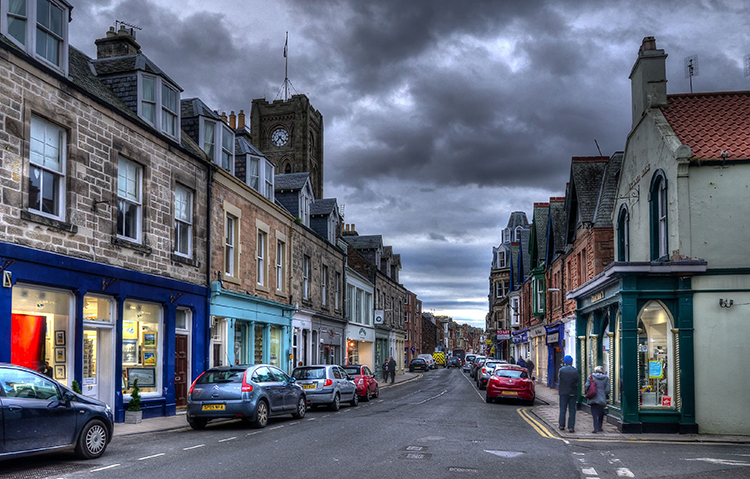
The analysis shows that the number of department stores and banks fell significantly, as shoppers moved online. However, beauty salons and tattoo parlours, along with places to eat and drink, thrived, despite social distancing guidance and regulations.
The figures are revealed by BBC analysis of 1.5 million records contained in the Ordnance Survey's "Points of Interest" mapping data, a comprehensive quarterly survey of businesses, facilities and services operating in England, Scotland and Wales.
Overall, there were 9,300 fewer retail outlets in March 2022 than March 2020.
The findings illustrate the changing face of the British High Street from a place to buy things to a place to do stuff - like get your nails done and meet friends for a coffee or a cocktail.
Key highlights include:
The number of clothes shops down 4,300, a fall of 8.5%.
More than 800 High Street banks and building societies closed their doors during the pandemic (-8.1%) along with the loss of more than 6,000 cash machines (-13.2%).
Tattoo parlours and piercing studios have proved particularly popular with 350 more in March this year than before the Covid restrictions, a rise of 8.2%.
The Ordnance Survey data found 700 more pubs and bars were operating after the pandemic. There were also 2,000 more cafes or tea rooms and 4,600 more fast-food outlets.
Independent convenience stores increased by 1,600, a rise of almost 3%.
To view the whole article, click here: https://www.bbc.com/news/uk-63799670
The piece also enables you to find out how the nearest High Streets and shopping areas near you have changed since the beginning of the pandemic.
Useful links
If you have any other queries please contact us.



